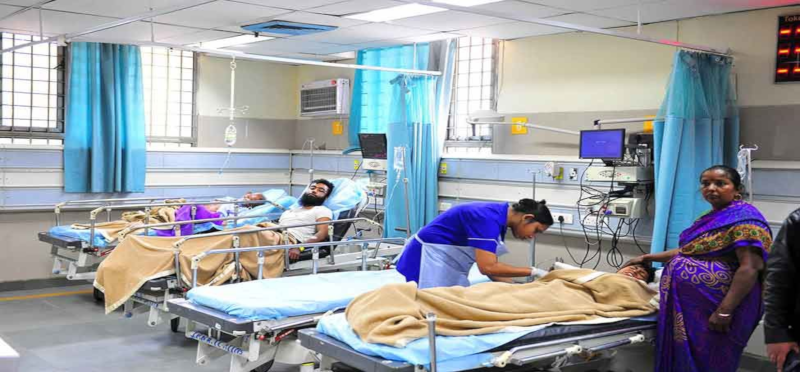
Recently, a child in Kozhikode, Kerala died of West Nile Fever, an unfamiliar disease to India.
What Is West Nile Virus ?
- West Nile Virus (WNV) is the cause of West Nile Fever.
- The virus is commonly spread through mosquitoes bites.
- It is found in almost all types of mosquitoes – Aedes, Culex, Anopheles, Culiesta, Mansonia, and Psorophora.
- This disease is deadly as it occurs throughout the year unlike the seasonal diseases in India like dengue, Chikungunya and others.
- Other than mosquitoes, the virus can be spread through blood transfusion, from infected mother to child or exposure to the virus in laboratories.
- The virus is known to not cause any infection when in contact with the infected person or animals. Physical contact does not transmit the virus.
- Also, eating infected animals did not show any infection if the meat is thoroughly cooked.
Symptoms :
- Not all infected people carry the symptoms of the virus. Only 1 in 5 will show symptoms of the disease.
- The disease is dreaded as it has irreversible effects on the brain.
- The symptoms include – fever, headache, weakness etc.
- But, the WNV shows certain nervous system symptoms – disorientation, convulsion, stupor, loss of vision etc.
- The most affected people are old age persons, those with diabetes, cancer, and hypertension.
Origin and Its Spread :-
- As per World Health Organisation (WHO), the first case of WNV infection was detected in 1937 in Uganda.
- WNV is found across Africa, Europe, Middle East, West Asia and America.
Also Read: Resetting of Ties with Maldives
Current Status in India :-
-
- The disease occurred sporadically in India.
- There is no sign of the disease being spread across the country.
- Majority of the cases in India are from the Northeast.
- As per experts from Indian Council of Medical Research (ICMR), the virus infection in a boy in Kerala is of academic interest. Also, they say that there is no worry that the virus will spread as it has poor transmission capability.
Read Also: Developing Countries are Opposing Developed Countries Moves at WTO
Being Vigilant :-
- But, the being vigilant to such threats is absolutely necessary.
- It is how the threat of Nipah and Zika have been controlled.
- Globally too, WHO states that epidemics from pathogens is one of the ten global health threats in 2019. The others are:
- Air Pollution and Climate Change
- Noncommunicable Disease
- Global Influenza Pandemic
- Fragile and Vulnerable Settings
- Antimicrobial Resistance
- Ebola and Other High Threat Pathogens
- Weak Primary Healthcare
- Vaccine Hesitancy
- Dengue
- HIV
India being a tropical country coupled with a huge population, pathogens pose a great threat. Any new virulent strain might lead to heavy loss of life.
Thus, the government must prepare for any eventualities and must try to mitigate the damage earlier.

Leave a Reply
You must be logged in to post a comment.